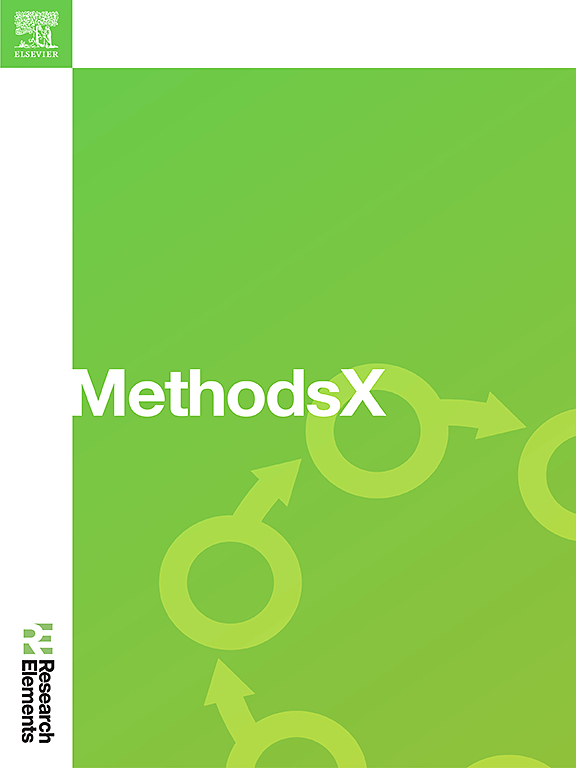Hybrid neural network models for time series disease prediction confronted by spatiotemporal dependencies
IF 1.6
Q2 MULTIDISCIPLINARY SCIENCES
引用次数: 0
Abstract
In infectious disease outbreak modeling, there remains a gap in addressing spatiotemporal challenges present in established models. This study addresses this gap by evaluating four established hybrid neural network models for predicting influenza outbreaks. These models were analyzed by employing time series data from eight different countries to challenge the models with imposed spatial difficulties, in a month-on-month structure. The models' predictions were compared using MAPE, and RMSE, as well as graphical representations generated by employed models. The SARIMA-LSTM model excelled in achieving the lowest average RMSE score of 66.93 as well as reporting the lowest RMSE score for three out of eight countries studied. In this case also, GA-ConvLSTM-CNN model comes in second place with an average RMSE score of 68.46. Considering these results and the ability to follow the seasonal trends of the actual values, this study suggests the SARIMA-LSTM model to be more robust to spatiotemporal challenges compared with the other models under examination.
This study
- •Evaluated established methods with unique imposed difficulty.
- •Addressed spatiotemporal characteristics of the data.
- •Proposed the SARIMA-LSTM model based on evaluation metrics.

基于混合神经网络模型的时空相关性疾病预测。
在传染病暴发建模方面,在解决现有模型中存在的时空挑战方面仍然存在差距。本研究通过评估用于预测流感爆发的四种已建立的混合神经网络模型来解决这一差距。采用八个不同国家的时间序列数据对这些模型进行分析,以逐月结构对具有空间困难的模型进行挑战。模型的预测使用MAPE和RMSE进行比较,以及使用模型生成的图形表示。SARIMA-LSTM模型在实现最低平均RMSE得分66.93以及报告最低RMSE得分的八个国家中的三个方面表现出色。在这种情况下,GA-ConvLSTM-CNN模型排名第二,平均RMSE得分为68.46。考虑到这些结果以及对实际值的季节变化趋势的跟踪能力,本研究表明SARIMA-LSTM模型对时空挑战的鲁棒性优于其他模型。本研究评估了具有独特难度的既定方法。•处理数据的时空特征。•提出了基于评价指标的SARIMA-LSTM模型。
本文章由计算机程序翻译,如有差异,请以英文原文为准。
求助全文
约1分钟内获得全文
求助全文
来源期刊

MethodsX
Health Professions-Medical Laboratory Technology
CiteScore
3.60
自引率
5.30%
发文量
314
审稿时长
7 weeks
期刊介绍:
 求助内容:
求助内容: 应助结果提醒方式:
应助结果提醒方式:


